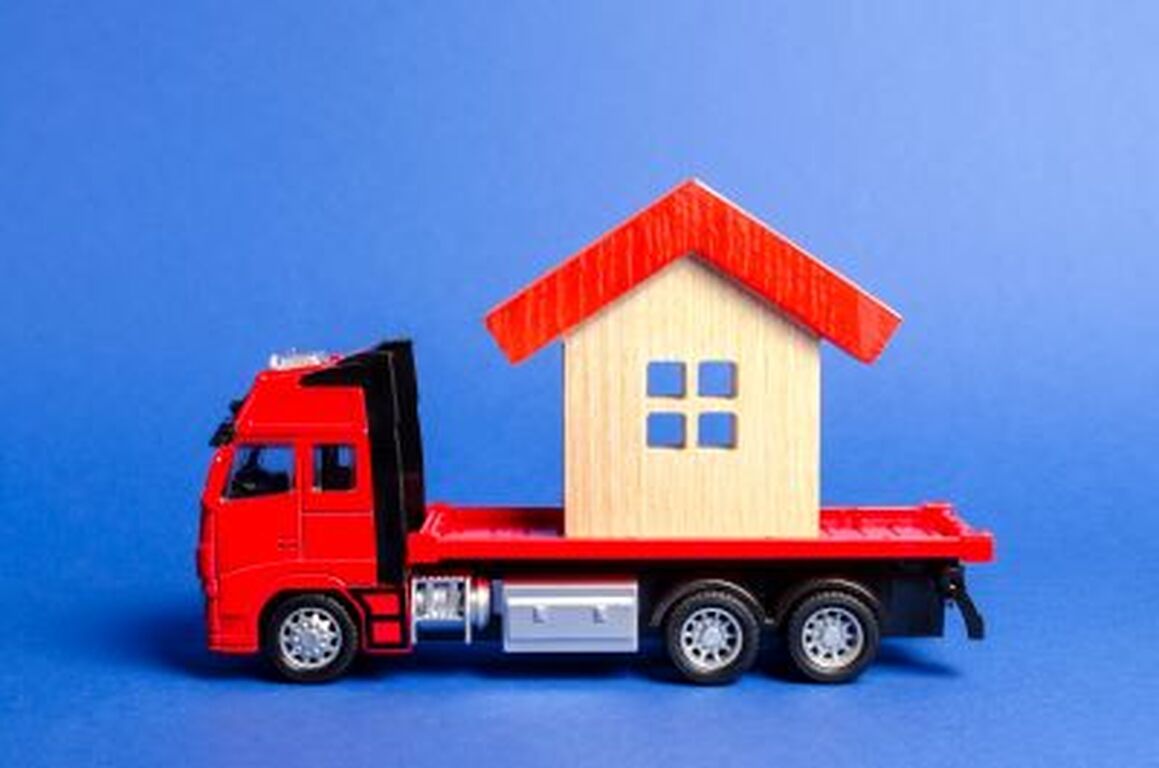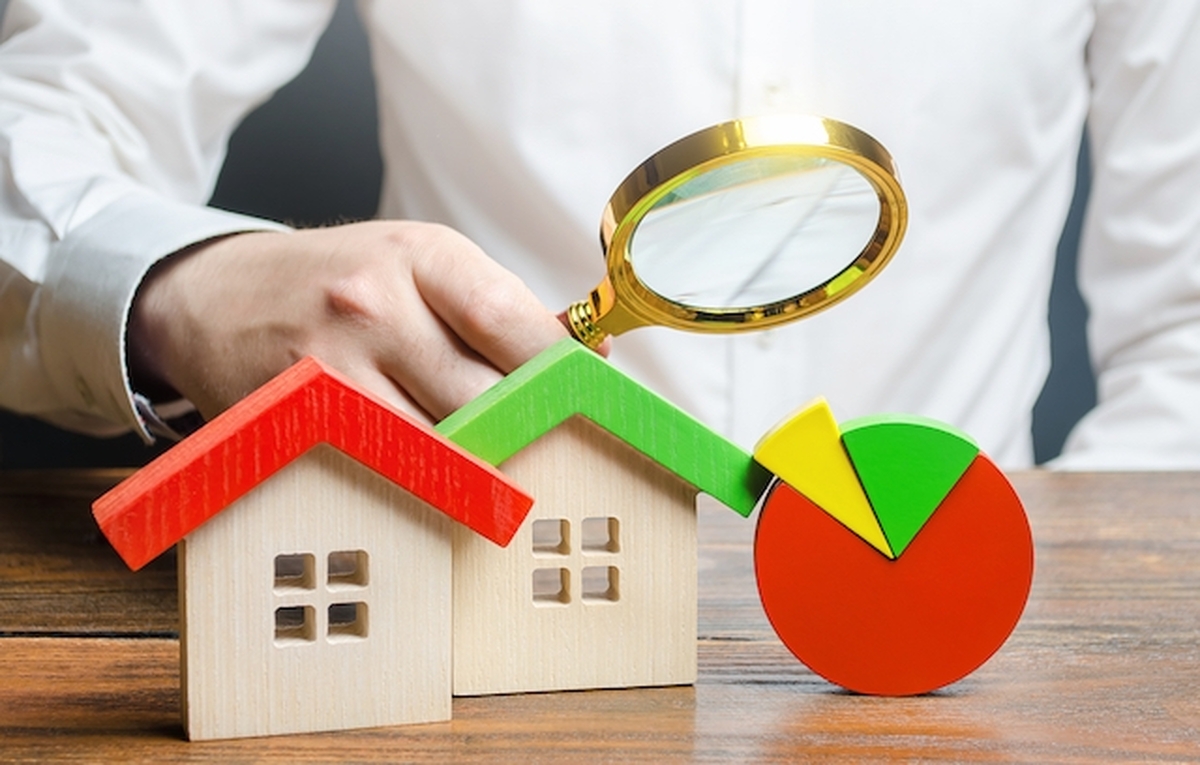NAR: US existing-home prices hit another record high in May
Median existing-home price across all housing types hit a record high of $350,300 in May, up 23.6 percent from the year before, according to a new report released Tuesday morning by the National Association of Realtors (NAR). Home prices rose across all U.S. regions as the new high marked 111 consecutive months of annual price gains since March 2012.
Existing-home sales dropped slightly for the fourth consecutive month in May, with sales down 0.9 percent from the previous month to a seasonally adjusted annual rate of 5.8 million. However, existing-home sales were still up 44.6 percent year over year from 4.01 million in May 2020.
“Home sales fell moderately in May and are now approaching pre-pandemic activity,” NAR Chief Economist Lawrence Yun said in a press statement. “Lack of inventory continues to be the overwhelming factor holding back home sales, but falling affordability is simply squeezing some first-time buyers out of the market.”
Yun, however, expressed optimism at the market’s overall trajectory, despite the lack of inventory continuing to impede homebuyers.
“The market’s outlook, however, is encouraging,” Yun added. “Supply is expected to improve, which will give buyers more options and help tamp down record-high asking prices for existing homes.”
By the end of May, total inventory reached 1.23 million units, an increase of 7 percent from April, but down 20.6 percent year over year. That amount of inventory represents a 2.5-month supply, up from 2.4 months supply the previous month, but down from 4.6 months from the previous year.
Properties spent about 17 days on the market in May, which reflected no change from April, but is down from 26 days in May 2020. Nearly 90 percent of properties sold in May spent less than one month on the market.
First-time homebuyers made up 31 percent of May sales, the same proportion as in April. Investors, or second-home buyers, made up 17 percent of home sales, also equal with the number of investor-buyers in April.
Distressed sales (foreclosures and short sales) made up less than 1 percent of sales in May, equal to the rate in April.
Single-family home sales declined 1 percent from April to a seasonally adjusted annual rate of 5.08 million in May. However, that rate was still up 39.2 percent from the previous year. Meanwhile, the median existing single-family home price was up 24.4 percent year over year to $356,600.
Existing condo and co-op sales remained consistent with April’s numbers at a seasonally adjusted annual rate of 720,000 units. That figure, however, is up 100 percent from the previous year. The median existing condo price also increased year over year, by 21.5 percent to $306,000.
NAR President Charlie Oppler expressed NAR’s commitment to furthering housing policies to address the national shortage of inventory.
“NAR continues its advocacy efforts to find new, creative and effective ways to increase housing construction and supply,” Oppler said in NAR’s report. “The right policies will provide huge benefits to our nation’s economy, and our work to close this gap will be particularly impactful for lower-income households, households of color and first-time buyers.”
The Midwest was the only region that saw increased sales from the month before, with sales rising 1.6 percent to an annual rate of 1,310,000, up 27.2 percent from the previous year. The median price of existing-home sales in the region was $268,500, up 18.1 percent from the year before.
In the Northeast, existing-home sales dropped 1.4 percent to an annual rate of 720,000, which is still up 46.9 percent from May 2020. The median price was $384,300, up 17.1 percent year over year.
Existing-home sales in the South decreased 0.4 percent to an annual rate of 2,590,000, which is up 47.2 percent from the year before. The median price was $299,400, up 22.6 percent from May 2020.
Existing-home sales dropped most precipitously in the West, by 4.1 percent from the previous month to an annual rate of 1,180,000. However, that number is still 61.6 percent up from the year before. The median price was $505,600, up 24.3 percent from May 2020.
Existing-home sales dropped slightly for the fourth consecutive month in May, with sales down 0.9 percent from the previous month to a seasonally adjusted annual rate of 5.8 million. However, existing-home sales were still up 44.6 percent year over year from 4.01 million in May 2020.
“Home sales fell moderately in May and are now approaching pre-pandemic activity,” NAR Chief Economist Lawrence Yun said in a press statement. “Lack of inventory continues to be the overwhelming factor holding back home sales, but falling affordability is simply squeezing some first-time buyers out of the market.”
Yun, however, expressed optimism at the market’s overall trajectory, despite the lack of inventory continuing to impede homebuyers.
“The market’s outlook, however, is encouraging,” Yun added. “Supply is expected to improve, which will give buyers more options and help tamp down record-high asking prices for existing homes.”
By the end of May, total inventory reached 1.23 million units, an increase of 7 percent from April, but down 20.6 percent year over year. That amount of inventory represents a 2.5-month supply, up from 2.4 months supply the previous month, but down from 4.6 months from the previous year.
Properties spent about 17 days on the market in May, which reflected no change from April, but is down from 26 days in May 2020. Nearly 90 percent of properties sold in May spent less than one month on the market.
First-time homebuyers made up 31 percent of May sales, the same proportion as in April. Investors, or second-home buyers, made up 17 percent of home sales, also equal with the number of investor-buyers in April.
Distressed sales (foreclosures and short sales) made up less than 1 percent of sales in May, equal to the rate in April.
Single-family home sales declined 1 percent from April to a seasonally adjusted annual rate of 5.08 million in May. However, that rate was still up 39.2 percent from the previous year. Meanwhile, the median existing single-family home price was up 24.4 percent year over year to $356,600.
Existing condo and co-op sales remained consistent with April’s numbers at a seasonally adjusted annual rate of 720,000 units. That figure, however, is up 100 percent from the previous year. The median existing condo price also increased year over year, by 21.5 percent to $306,000.
NAR President Charlie Oppler expressed NAR’s commitment to furthering housing policies to address the national shortage of inventory.
“NAR continues its advocacy efforts to find new, creative and effective ways to increase housing construction and supply,” Oppler said in NAR’s report. “The right policies will provide huge benefits to our nation’s economy, and our work to close this gap will be particularly impactful for lower-income households, households of color and first-time buyers.”
The Midwest was the only region that saw increased sales from the month before, with sales rising 1.6 percent to an annual rate of 1,310,000, up 27.2 percent from the previous year. The median price of existing-home sales in the region was $268,500, up 18.1 percent from the year before.
In the Northeast, existing-home sales dropped 1.4 percent to an annual rate of 720,000, which is still up 46.9 percent from May 2020. The median price was $384,300, up 17.1 percent year over year.
Existing-home sales in the South decreased 0.4 percent to an annual rate of 2,590,000, which is up 47.2 percent from the year before. The median price was $299,400, up 22.6 percent from May 2020.
Existing-home sales dropped most precipitously in the West, by 4.1 percent from the previous month to an annual rate of 1,180,000. However, that number is still 61.6 percent up from the year before. The median price was $505,600, up 24.3 percent from May 2020.


 Menu
Menu




